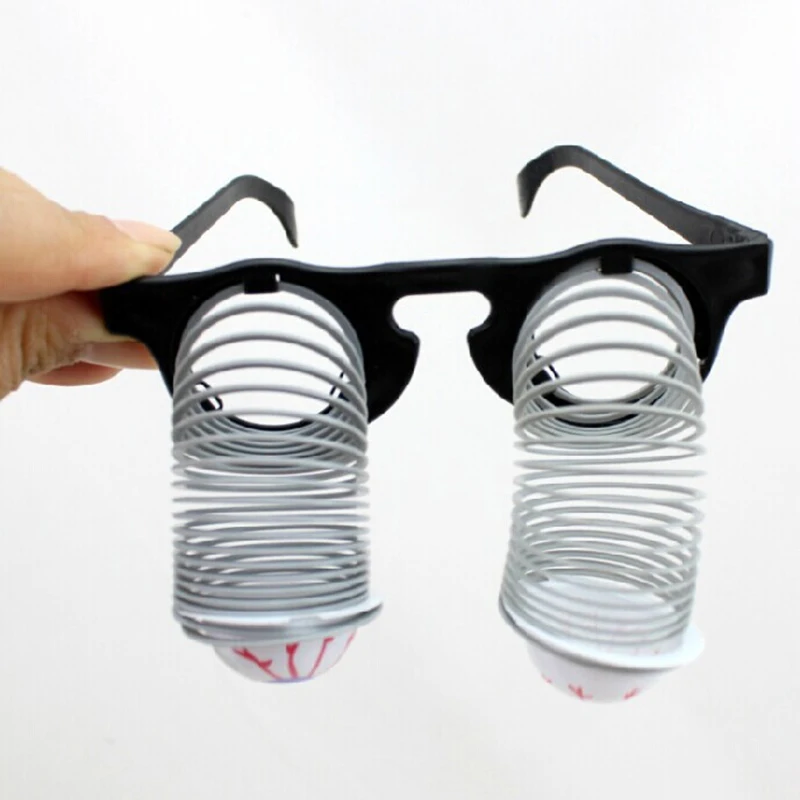

PMMA has a good degree of compatibility with human tissue, much more so than glass. Polymethyl methacrylate (PMMA), commonly known as acrylic, is a transparent thermoplastic available for use as ocular prosthesis, replacement intraocular lenses when the original lens has been removed in the treatment of cataracts and has historically been used as hard contact lenses. Polymethyl methacrylate (PMMA) (acrylic) Non-integrated implants include the acrylic (PMMA), glass, and silicone spheres. Usually, these implants are covered with a material that permits fixation of the extraocular recti muscles, such as donor sclera or polyester gauze which improves implant motility, but does not allow for direct mechanical coupling between the implant and the artificial eye. Such implants have no direct attachment to the ocular prosthesis. Nonintegrated implants contain no unique apparatus for attachments to the extraocular muscles and do not allow in-growth of organic tissue into their inorganic substance. Though there is evidence that ocular implants have been around for thousands of years, modern nonintegrated spherical intraconal implants came into existence around 1976 (not just glass eyes). The most basic simplification can be to divide implant types into two main groups: non-integrated (non-porous) and integrated (porous). There are many different types of implants, classification ranging from shape (spherical vs egg (oval) shaped), stock vs custom, porous vs nonporous, specific chemical make-up, and the presence of a peg or motility post. One solution to this problem has been demonstrated recently in a device based on an LCD which simulates the pupil size as a function of the ambient light. For decades, all efforts and investments to improve the appearance of artificial eyes have been dampened by the immobility of the pupil. Ocularist surgeons have always worked together to make artificial eyes look more realistic. In some countries, Germany especially, prostheses are still most commonly made from glass. In the United States, most custom ocular prostheses are fabricated using PMMA (polymethyl methacrylate), or acrylic. Production of modern ocular prosthetics has expanded from simply using glass into many different types of materials. As a result, the US instead made artificial eyes from acrylic plastic. Shortly following the introduction of the art of glass eye-making to the United States, German goods became unavailable because of World War II. But the center shifted again, this time to Germany because of their superior glass blowing techniques. These were crude, uncomfortable, and fragile and the production methodology remained known only to Venetians until the end of the 18th century, when Parisians took over as the center for artificial eye-making. The first in-socket artificial eyes were made of gold with colored enamel, later evolving into the use of glass (thus the name "glass eye") by the Venetians in the later part of the sixteenth century. Roman and Egyptian priests are known to have produced artificial eyes as early as the fifth century BC constructed from painted clay attached to cloth and worn outside the socket. In addition to this, an early Hebrew text references a woman who wore an artificial eye made of gold.

Since microscopic research has shown that the eye socket showed clear imprints of the golden thread, the eyeball must have been worn during her lifetime. On both sides of the eye are drilled tiny holes, through which a golden thread could hold the eyeball in place. The surface of the artificial eye is covered with a thin layer of gold, engraved with a central circle (representing the iris) and gold lines patterned like sun rays.

It consists of very light material, probably bitumen paste. It has a hemispherical form and a diameter of just over 2.5 cm (1 inch). The earliest known evidence of the use of ocular prosthesis is that of a woman found in Shahr-I Sokhta, Iran dating back to 2900–2800 BC. Artificial glass eye being moulded under heat, 1938


 0 kommentar(er)
0 kommentar(er)
